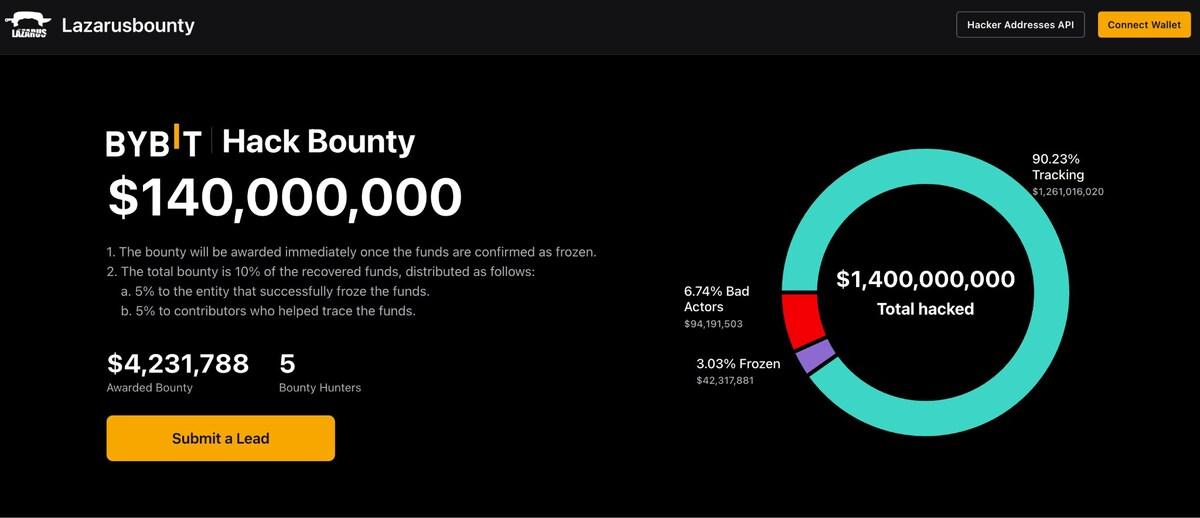After a young Andre Agassi won an important match while wearing jeans, make-up and earrings, his coach Nick Bollettieri summoned him to appear in front of his 200 tennis academy classmates. As punishment for having “defiled” the centre of excellence, Agassi was sentenced to scrub all the toilets on site. At the next tournament, his coach threatened him, he would have to play wearing a skirt.
Few people can claim to have produced more champions than the self-styled “Michelangelo of tennis”. Agassi, Jim Courier, Monica Seles, Maria Sharapova and both the Williams sisters all trained under the watchful eye of Bollettieri, the groundbreaking instructor, who has died aged 91.
In the late 1970s, Bollettieri pioneered the live-in academy for young athletes looking to achieve greatness. But his methods were as notorious as they were innovative. He would stand bare-chested on the court, berating his young protégés over every stray shot or wrongly angled grip, as they repeated the same actions thousands of times over.
The vision was to gather together the best young players in one place where they would “play, break rackets, gamble, fight, punch”. Students were banned from watching TV, listening to the radio, eating junk food or calling home during the week. Punishment for misdemeanours on the court involved forced runs without water. But at the end of every training session, the kids would file past their mentor uttering the mantra, “Thanks, Nick.”
In his memoirs, Agassi described the academy as a “glorified prison camp. And not all that glorified.” Yet those aiming for the top continued to flock there. And despite Bollettieri’s abrasive and obsessive reputation — he woke every morning at 4:30am to stretch and lift weights — many of those he taught speak of him affectionately as a substitute parent. They became winners too. Of the tens of thousands of players who trained under him, ten would reach the rank of world number one.
“I was living my dream”, Sharapova, who joined the academy aged eight, told the FT in 2015. “I saw all these great champions come through and practise. And I woke up every morning and couldn’t wait for my alarm to ring at 6.30am and go and have my lesson.”
Nicholas James Bollettieri was born in 1931 in the town of Pelham, New York. His parents were Italian immigrants. He was a quarterback on the high school football team, before his uncle convinced him to try the “sissy sport” of tennis.
After studying philosophy at college in Alabama, Bollettieri joined the army, becoming a paratrooper and reaching the rank of lieutenant. His time in the military would be central to his coaching ethos later in life. “I began to learn a lot being a paratrooper — discipline, the feeling you’re the best in the world, that you can do anything,” he said.
After leaving the armed forces in 1957, he enrolled to study law at the University of Miami. To help make ends meet, he began offering tennis lessons for $1.50 an hour, despite having no experience as a coach and not much more as a player. After less than a year, he dropped his studies to devote himself to tennis.
“A lot of coaches know far more tennis than I do”, he said. “What I do know is how to work with you as a person.”
In 1961, he spotted Brian Gottfried, then nine years old, on the court and took him under his wing. Gottfried would later become Bollettieri’s first successful product, reaching number 3 in the world in 1977.
That same year, after a spell teaching rich hotel clients to play tennis, he landed at the Colony Beach and Tennis Resort near Sarasota, Florida. A year later, he would establish the Nick Bollettieri Tennis Academy.
He went on to borrow $1mn to turn 40 acres of tomato plants in Bradenton, Florida into a sprawling tennis boot camp, which opened in 1981. Agassi referred to his time there as “Lord of the Flies with forehands”, but attended for free. His father only had the money to pay for three months tuition, but Bollettieri called him to say he was “tearing up the cheque” after seeing how good he was. The pair had an emotional split in 1993, soon after Agassi won the first of his eight Grand Slam titles.
Bollettieri was known for his trouble managing money. And with financial problems looming, he sold the academy to IMG in 1987. But he stayed on to run it.
Today the site covers around 600 acres, and teaches a wide range of sports to 1,200 full-time boarders and thousands more children and adults who attend sports camps there. In 2014, Bollettieri was inducted into the Tennis Hall of Fame, one of only four coaches to receive the accolade.
Josh Noble
Credit: Source link














